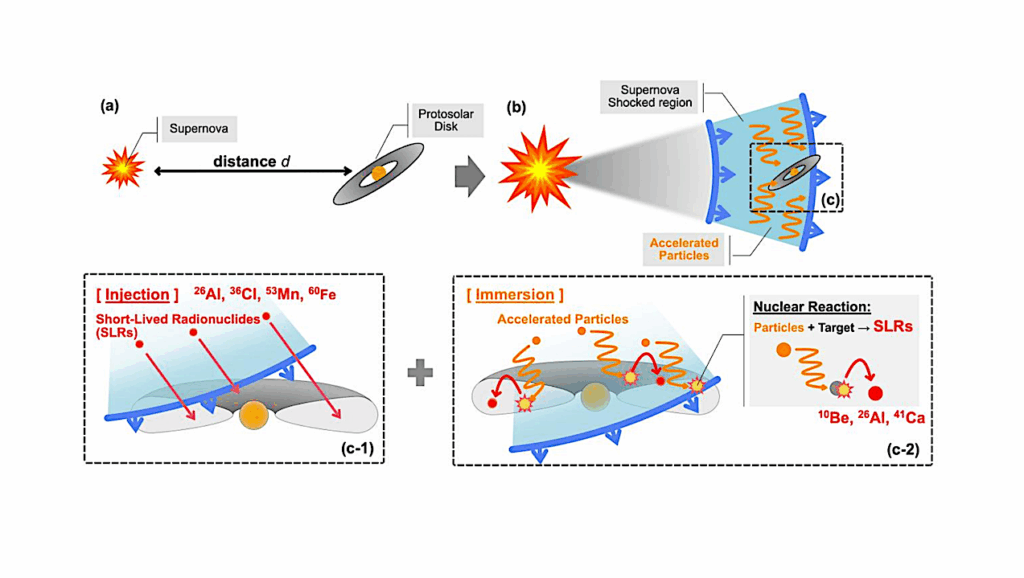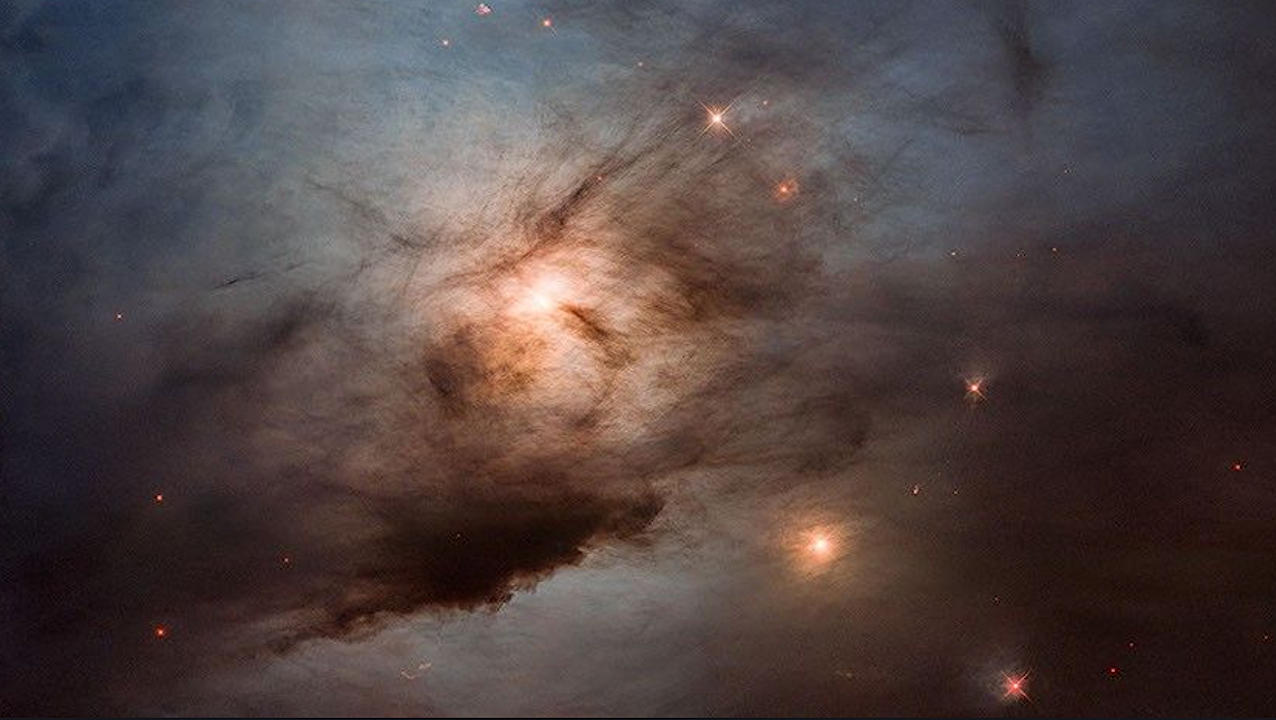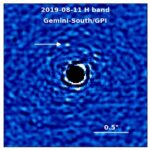Now Reading: Four-million-year Marinoan Snowball Shows Multiple Routes To Deglaciation
-
01
Four-million-year Marinoan Snowball Shows Multiple Routes To Deglaciation
Four-million-year Marinoan Snowball Shows Multiple Routes To Deglaciation


Idealized ice growth and stratigraphy at onset of snowball Earth. Note vertical exaggeration. (A) Marine-terminating terrestrial ice sheet with calving ice front prior to ice-albedo runaway into snowball glaciation. The green band shows accumulation of airfall tuff. (B) Schematic of a terrestrial ice sheet at its furthest advance flowing into the snowball sea glacier shortly after the ice-albedo runaway onset of snowball glaciation. The earliest glaciomarine sediments (dark purple) accumulate beyond the furthest advance of the ice down the foreslope. Also shown is entrainment of volcanic ash from the accumulation zone of the ice sheet to the base of the sea glacier. (C) Later in the snowball, ice has thinned due to gradual global warming. In this scenario, local sea-level fall from glacioisostatic rebound and loss of ice gravity has balanced ice thinning and tectonic subsidence, maintaining a fixed grounding line. Sediments accumulating since panel (B) are shown in light purple. (D) Idealized stratigraphies at three sections in panel (C). In 1, the lowest stratigraphic dropstones only provide a minimum constraint on onset. In 2, a conformable and unambiguous record of initial ice advance is preserved. In 3, the initial ice advance has introduced hiatus via erosion and nondeposition, precluding a direct sedimentary record of onset. — PNAS
Twice during the Neoproterozoic Era, Earth experienced runaway ice-albedo catastrophes that resulted in multimillion year, low-latitude glaciations: the Sturtian and Marinoan snowball Earths.
In the snowball climate state, CO2 consumption through silicate weathering collapses, and atmospheric CO2 accumulates via volcanic outgassing until a sufficiently strong greenhouse causes deglaciation.
The duration and extent of ice cover are critical for planetary habitability, both on exoplanets and on Earth where animals emerged between the two glaciations. Radioisotopic ages have defined the duration of the Sturtian glaciation to 56 Myr, but the duration of the Marinoan glaciation (4 to 15 Myr) currently has 11 Myr of uncertainty.
Here, we show that the Marinoan glaciation in Namibia lasted ca. 4 Myr with less than 10 m of vertical ice grounding line motion through glacial advance-retreat cycles. The stability of a low-latitude ice grounding line is consistent with the strong hysteresis of a hard snowball state.
The disparity in durations demonstrates different routes to deglaciation, through slower CO2 accumulation for the longer Sturtian and radiative perturbation for the Marinoan. The short duration of the Marinoan glaciation may have been essential for the survival and evolution of animals and illustrates an additional path toward habitability on exoplanets.
Four-million-year Marinoan snowball shows multiple routes to deglaciation, PNAS (open access)
Astrobiology
Stay Informed With the Latest & Most Important News
Previous Post
Next Post
-
 012024 in Review: Highlights from NASA in Silicon Valley
012024 in Review: Highlights from NASA in Silicon Valley -
 02Panasonic Leica Summilux DG 15mm f/1.7 ASPH review
02Panasonic Leica Summilux DG 15mm f/1.7 ASPH review -
 03From Polymerization-Enabled Folding and Assembly to Chemical Evolution: Key Processes for Emergence of Functional Polymers in the Origin of Life
03From Polymerization-Enabled Folding and Assembly to Chemical Evolution: Key Processes for Emergence of Functional Polymers in the Origin of Life -
 04How New NASA, India Earth Satellite NISAR Will See Earth
04How New NASA, India Earth Satellite NISAR Will See Earth -
 05And Thus Begins A New Year For Life On Earth
05And Thus Begins A New Year For Life On Earth -
 06Astronomy Activation Ambassadors: A New Era
06Astronomy Activation Ambassadors: A New Era -
07SpaceX launch surge helps set new global launch record in 2024





















